Ho Chi Minh City Ms. Oanh, 34 years old, had abdominal pain above the navel. The doctor diagnosed chronic pancreatitis and a 1.9 cm stone in the head of the pancreas was the cause of the pain.
On September 24, Dr. Pham Cong Khanh, Head of the Hepatobiliary - Pancreatic Department, Endoscopy and Endoscopic Surgery Center, Tam Anh General Hospital, Ho Chi Minh City, announced that the biopsy results of the pancreatic tissue were benign. However, the possibility that the patient had stones or papillary mucinous tumors in the pancreatic duct could not be ruled out.
Since the age of 14, Ms. Oanh has often suffered from abdominal cramps, recurring about every 6-7 months, each time lasting 5-7 days. Recently, the abdominal pain has become more severe and her health has declined.
The doctors consulted to discuss treatment options during surgery. If it is pancreatic stones, the doctor only needs to surgically remove the stones and connect the pancreatic duct to the small intestine. In the case of papillary mucinous tumors, the patient undergoes surgery to remove the pancreaticoduodenal mass (part of the stomach, duodenum, pancreas).
Because papillary mucinous tumors have a high potential to progress to malignancy, the doctor had to perform exploratory surgery, along with pancreatic duct endoscopy. When opening the exploratory area, the doctor found chronic pancreatitis, a large dilated pancreatic duct with a diameter of 0.9-1 cm, and cholangioscopy showed a stone in the head of the pancreas. According to Dr. Khanh, the stone caused obstruction in the pancreatic duct, chronic pancreatitis caused the patient to have abdominal pain for 20 years.
The doctor performed an endoscopy to remove the stones and connect the pancreatic duct to the small intestine. Ms. Oanh no longer had any abdominal pain, recovered well, and was discharged after a week of treatment. She continued to monitor her health and follow the doctor's instructions on how to eat.
According to Dr. Khanh, this is a difficult case to diagnose, and the surgery must be done carefully. Chronic pancreatitis is often caused by calcification, but Ms. Oanh's disease was caused by a soft stone in the head of the pancreas. "This case is quite rare," said Dr. Khanh.
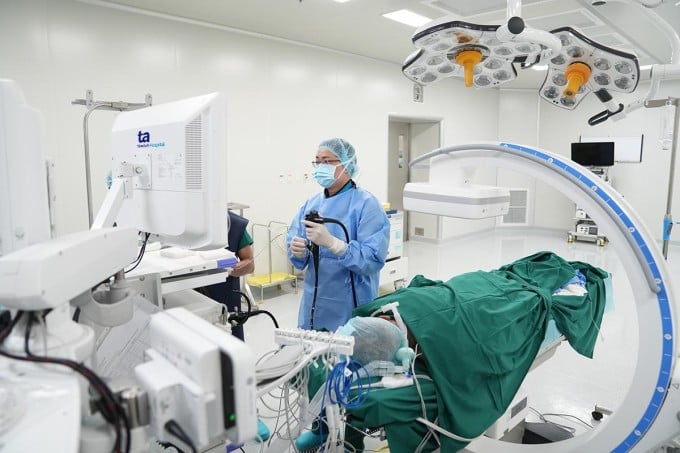
Doctor Khanh (right) and his team during the surgery. Photo: Provided by the hospital
According to Dr. Vo Ngoc Bich, Center for Endoscopy and Endoscopic Surgery of the Digestive System, 70% of chronic pancreatitis occurs due to long-term alcohol consumption, gallstones, cystic fibrosis, high blood fat, and side effects of certain medications. About 20-30% of people with chronic pancreatitis have unknown causes, which may be congenital or due to genetic defects. Ms. Oanh is in the group with unknown causes of the disease.

Ms. Hoang Oanh (middle) with her parents on the day of discharge. Photo: Provided by the hospital
There are two types of pancreatitis: acute and chronic. Common symptoms are upper abdominal pain that can radiate to the back, nausea, vomiting, weight loss, and fatty stools. If acute pancreatitis is not treated promptly, the disease can cause dangerous complications such as organ failure, infectious necrotizing pancreatitis, and death. Chronic pancreatitis can easily lead to pancreatic cancer, exocrine dysfunction, and diabetes.
Doctor Ngoc Bich recommends early disease prevention measures such as limiting alcohol, fast food, greasy food, and salt. Eat scientifically, balancing nutrient groups. People with diabetes and high blood fat need regular health check-ups to screen for complications of pancreatitis. People with symptoms should go to a hospital with a Gastroenterology department for diagnosis and treatment.
Quyen Phan
| Readers ask questions about digestive diseases here for doctors to answer |
Source link


![[Photo] Looking back at the impressive moments of the Vietnamese rescue team in Myanmar](https://vstatic.vietnam.vn/vietnam/resource/IMAGE/2025/4/11/5623ca902a934e19b604c718265249d0)


![[Photo] Summary of parade practice in preparation for the April 30th celebration](https://vstatic.vietnam.vn/vietnam/resource/IMAGE/2025/4/11/78cfee0f2cc045b387ff1a4362b5950f)
![[Photo] "Beauties" participate in the parade rehearsal at Bien Hoa airport](https://vstatic.vietnam.vn/vietnam/resource/IMAGE/2025/4/11/155502af3384431e918de0e2e585d13a)

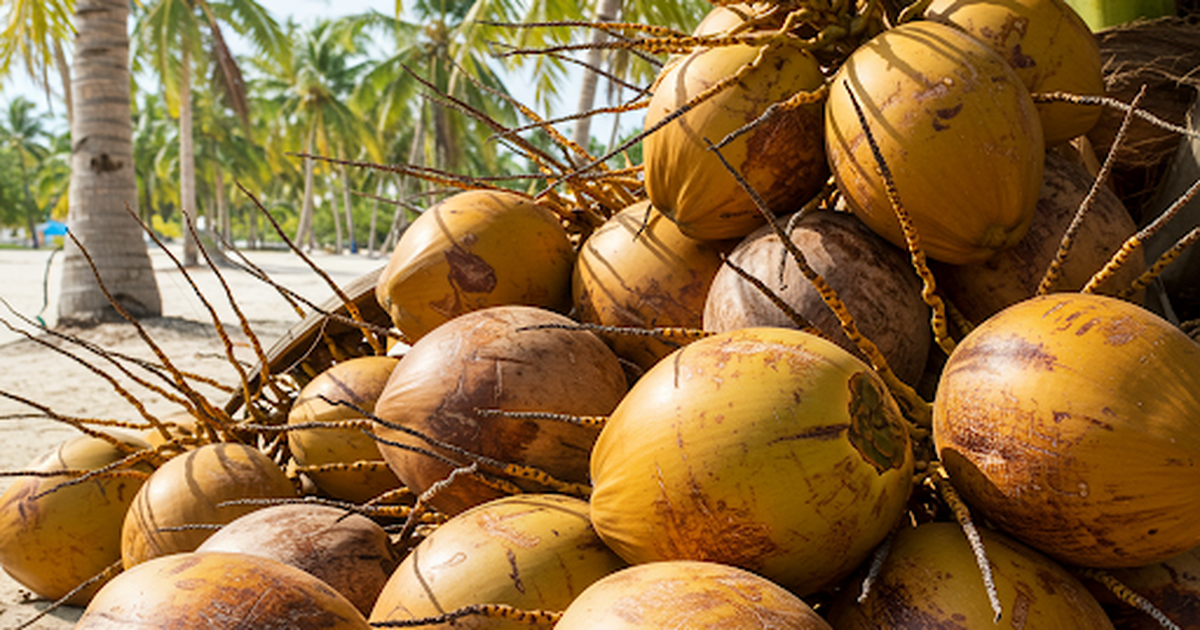



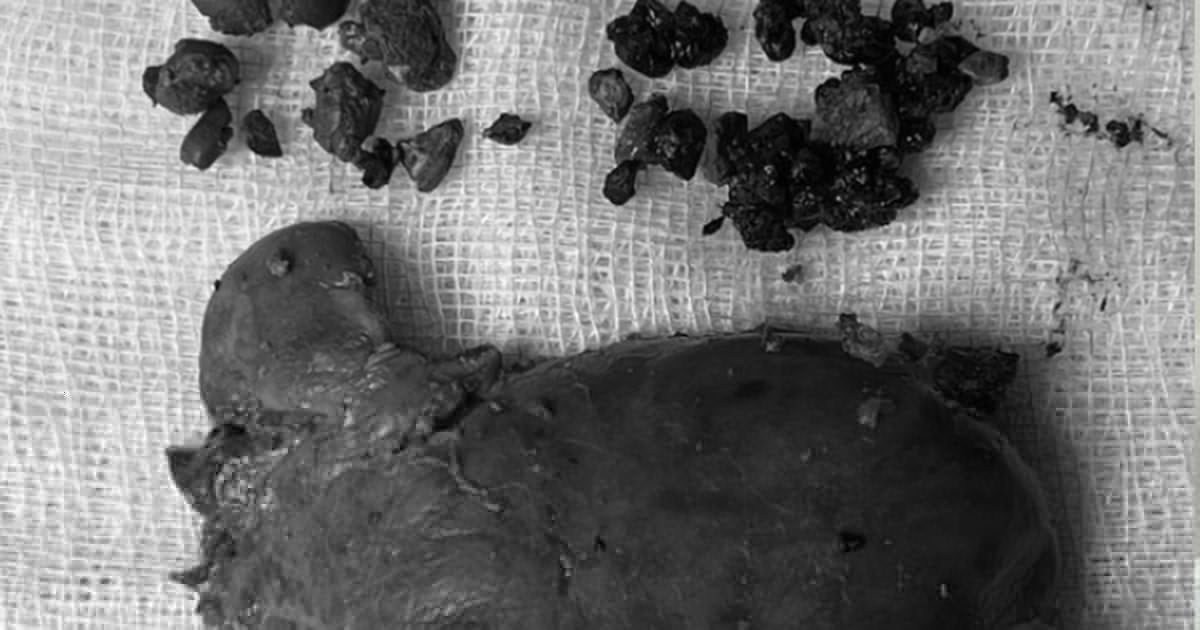


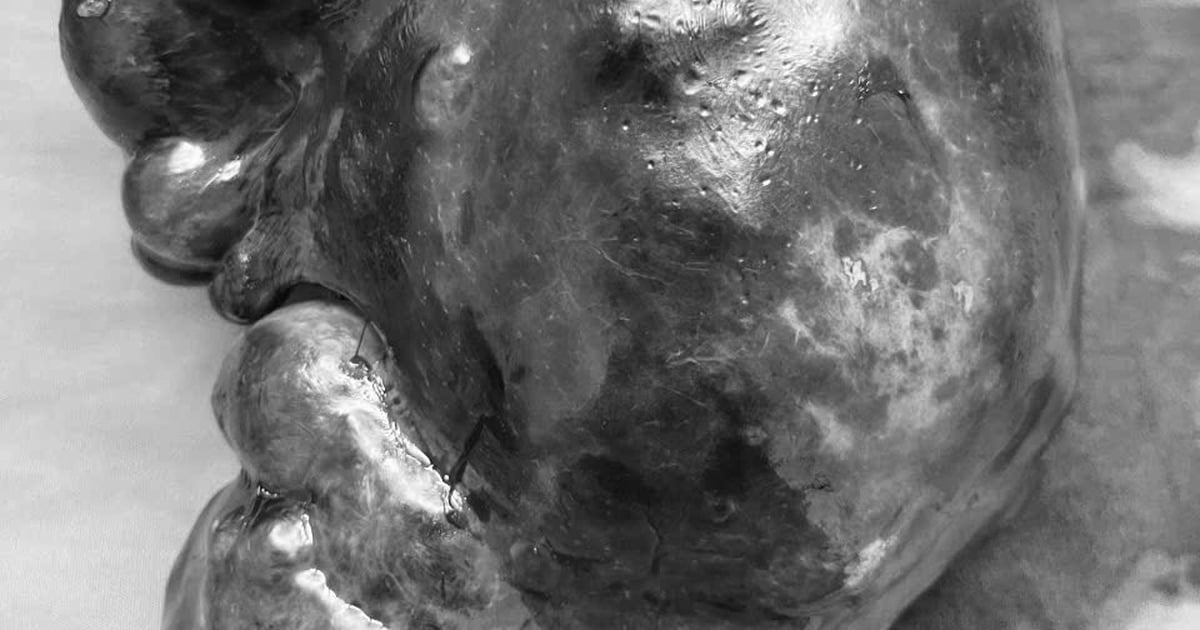

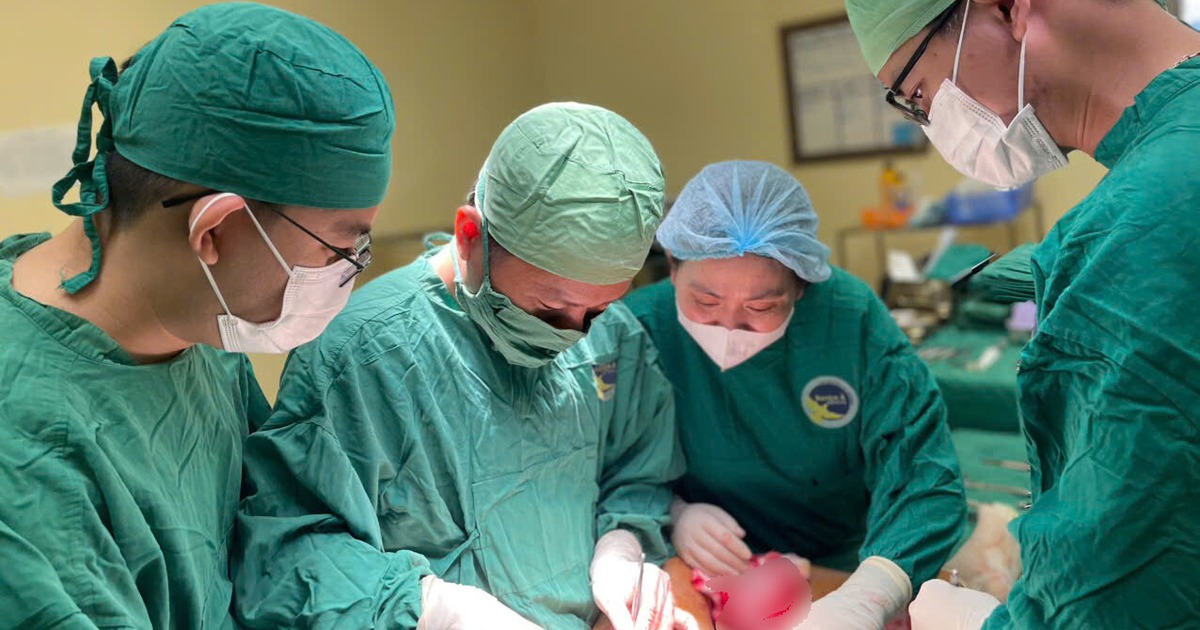
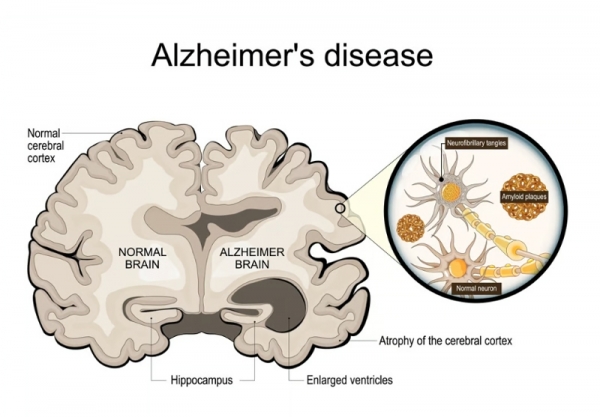














































































Comment (0)